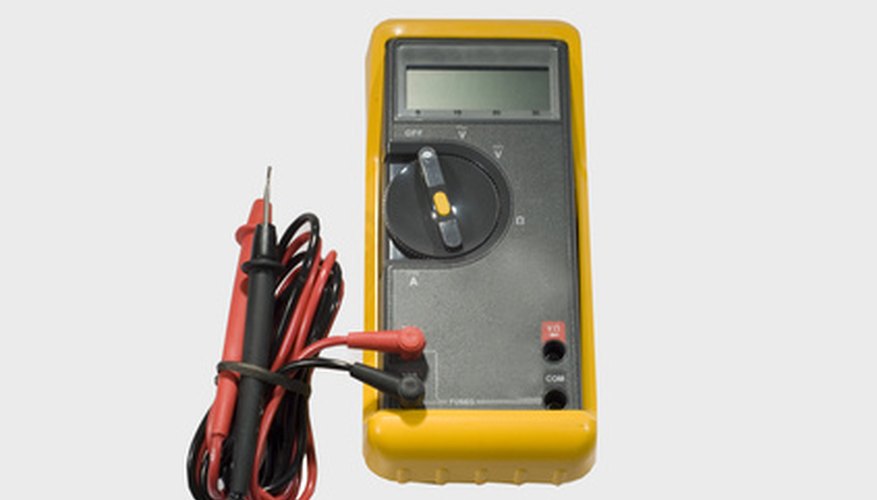The exhaust gas recirculation valve within your vehicle is a crucial component in reducing harmful emissions and ensuring your vehicle runs smoothly. Electronic EGR valves are used in vehicles dated 1990 and up. The vehicle computer operates the valve instead of previous years EGR valves, which are operated by the engine vacuum. The procedure to test an electronic EGR is a bit different and requires a multimeter. If you notice your vehicle running poorly, stalling or having poor gas mileage, you should test the EGR. High volts could mean there is a blockage somewhere within the EGR valve and no voltage could signal a problem with the valve and computer communication.
- The exhaust gas recirculation valve within your vehicle is a crucial component in reducing harmful emissions and ensuring your vehicle runs smoothly.
- High volts could mean there is a blockage somewhere within the EGR valve and no voltage could signal a problem with the valve and computer communication.
Turn the vehicle off and remove the key from the ignition. Allow the EGR valve ample time to cool down.
Open the bonnet and locate the EGR valve. The valve is mounted on the exhaust manifold. Refer to your vehicle repair manual for exact location and a diagram.
Turn the multimeter on and set the dial to "Volts DC." Attach the red lead wire to the EGR circuit labelled "C." There are five circuits on the EGR and each is labelled A-E. Connect the black multimeter lead to a ground point, such as the battery negative cable.
- Open the bonnet and locate the EGR valve.
- Attach the red lead wire to the EGR circuit labelled "C." There are five circuits on the EGR and each is labelled A-E. Connect the black multimeter lead to a ground point, such as the battery negative cable.
Turn the ignition key to the "On" position. Read the multimeter. If the volts measure above 0.9 then the system should be serviced. If there is no voltage, the EGR is bad and should be replaced.
